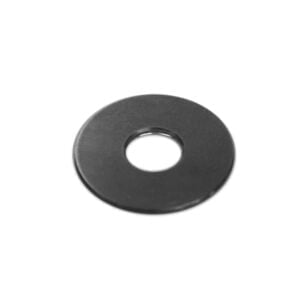Описание
Запасные части для гидроабразивной резки: пневматический цилиндр
Номер позиции: BV401184
Подробности: Установлена верхняя часть пневматического клапана в сборе

Сопутствующие запасные части для гидроабразивной резки:
| Артикул | Описание |
| 20427648 | Корпус клапана |
| 10178697 | Седло клапана |
| 49830904 | Адаптер, водяной клапан высокого давления |
| 20435636 | Шток клапана |
| 10188233 | Опорное кольцо, латунь |
| 20428052 | Сборка уплотнения |
| 10189553 | Привод в сборе, н/о |
| BV401184 | Пневматический цилиндр |
| BV601184 | Крышка цилиндра |
| BV501184 | Поршень |
| 10187250 | Опорное кольцо, SST |
| 10074714 | Уплотнительное кольцо, 2,44 * 2,63 *,09 |
| 10074565 | Уплотнительное кольцо, 2,25*2,38*,06 |
Другие запасные части гидроабразивной резки:
| Артикул | Описание |
| 05059712 | Цилиндр высокого давления |
| 20417081 | Уплотнительная головка в сборе |
| 20422243 | Уплотнение HP в сборе |
| 10110393 | Уплотнительная сборка |
| 80086622 | Гидравлическое картриджное уплотнение в сборе |
| 05007786 | Фланец фиксатора втулки |
| 05127584 | Бесконтактный переключатель |
FAQ of waterjet cutting machine & waterjet replacement parts:
Лучше ли струя воды, чем лазерная отделка?
Качество отделки гидроабразивной резки по сравнению с лазерной резкой зависит от нескольких факторов, включая разрезаемый материал, толщину материала и желаемую отделку поверхности.
Гидроабразивная резка может обеспечить гладкую поверхность на самых разных материалах, включая металлы, пластмассы и композиты. Гидроабразивная резка не выделяет тепла в процессе резки, что может помочь свести к минимуму деформацию и зоны термического влияния в материале. Кроме того, гидроабразивная резка позволяет получать точные края и сложные формы с минимальным количеством заусенцев или шероховатости.
Лазерная резка также может обеспечить гладкую поверхность на многих материалах, особенно на более тонких материалах. Лазерная резка выделяет тепло в процессе резки, что может привести к плавлению или деформации некоторых материалов, что приведет к менее точной отделке. Тем не менее, лазерная резка часто быстрее и экономичнее, чем гидроабразивная резка для более тонких материалов.
В целом, как гидроабразивная резка, так и лазерная резка могут обеспечить высококачественную отделку, но лучший метод будет зависеть от конкретного материала и требований к применению. При выборе метода резки важно учитывать такие факторы, как толщина материала, качество поверхности и объем производства.




